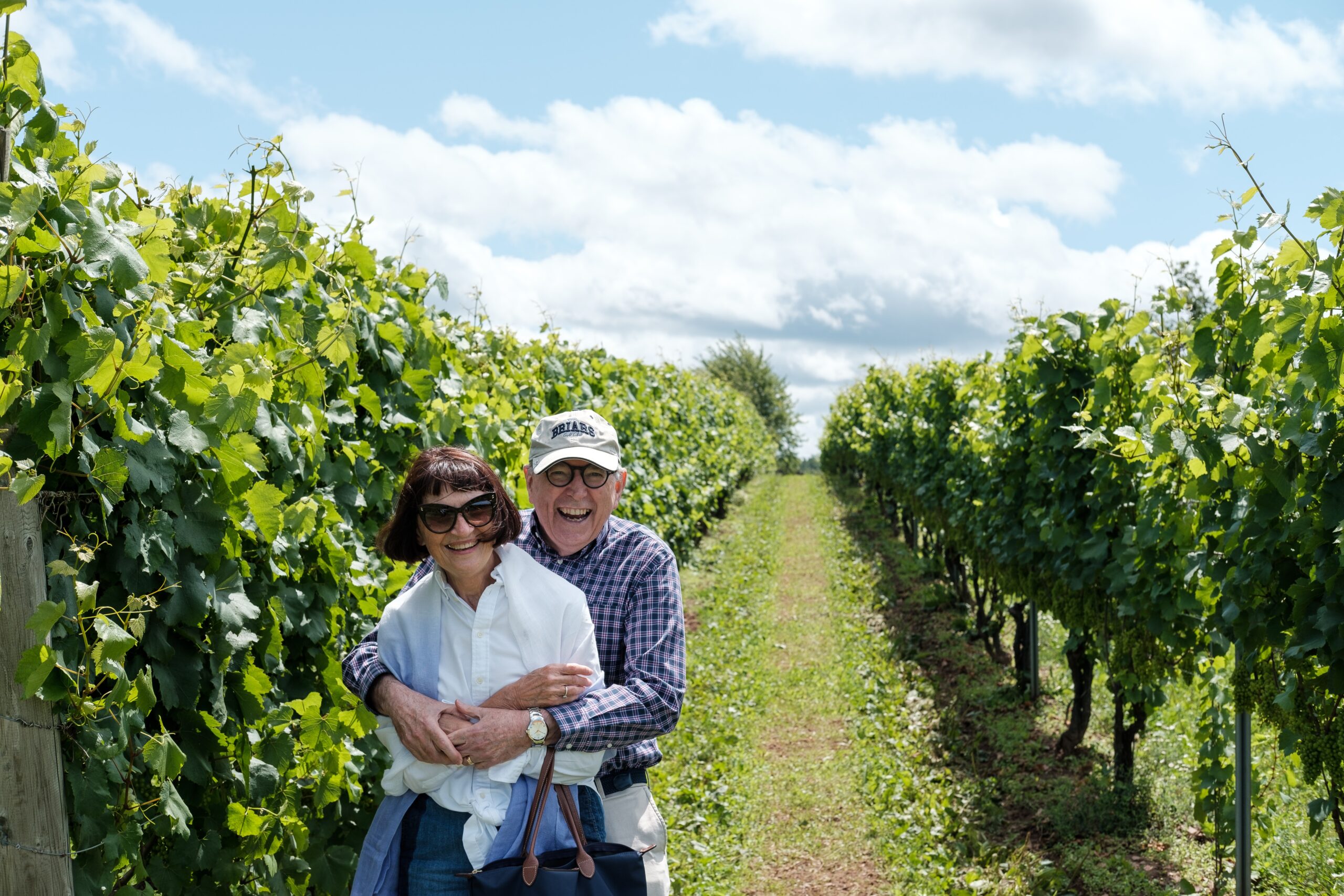Chances are, you’ve been hearing a lot about “active adult” communities lately. If not, you can get caught up with CBRE’s recently published report, “The Era of the Active Adult,” which calls the space “one of the most attractive investment niches of 2020 and forward.”
The question on many investors’ and operators’ minds, then, is how – and whether – active adult communities intersect with more traditional senior living (including independent living, assisted living, and memory care). In this piece, we’ll attempt to answer that based on what we’ve observed so far about the space.
What’s in a Name?
First, let’s address naming conventions. Active adult is so new (in its infancy, per CBRE) that even those in the space haven’t agreed on nomenclature. Active adult, 55+, age-restricted, age-qualified, and choice-based senior housing are all commonly used.
Operators are, by their own admission, still feeling out which of these resonates most with potential residents.
And we may find that that varies by community type. Several operational models are frequently categorized under one of these names, ranging from the model popularized by Sun City and The Villages to high-end rental buildings with special amenities (Avenida properties are a great example) to streamlined multifamily with minimal add-ons (closer to an extended-stay hotel).
The throughline is the focus on older adults – though this, too, comes in several variations.
The Villages, for example, explicitly prohibits visitors younger than 18 from staying for more than 30 consecutive days. Other communities have no official restrictions, but market themselves to the 55-plus crowd – and charge a premium over comparable multifamily housing that younger renters aren’t likely to pay.
In fact, the psychology of that rental premium is key to understanding the active adult market. At a recent conference dedicated to the space, one industry insider compared the age restriction to on-campus housing at colleges, contending that many residents are willing to pay a premium simply to be among their peers.
What to Pay Attention to in Your Local Active Adult Market
Regardless of how active adult communities brand themselves, though, they’re market players that incumbents in the senior living space need to pay attention to. The presence of these communities could be a factor in how and whether senior living deals (buying, selling, building) get underwritten.
For operators and investors, it’s worth making an effort to understand the pipeline of active adult development in their focus markets. That means paying attention to who’s submitted a zoning variance request and who’s bought land. (This is information LivingPath tracks – if you’re interested in data pulls in a given area, get in touch.)
It also means, of course, familiarizing yourself with existing active adult properties in your market and understanding their key value props.
That can be difficult, as there is currently no resource that offers a comprehensive database of active adult properties. And given the variation in naming conventions, trying to piece together a picture of even a local market can be challenging.
This is significant, especially as senior living operators parse the extent to which they’re competing with active adult communities for residents.
Independent Living vs. Active Adult: What’s the Relationship?
The elephant in the room in many senior housing-focused conversations about active adult is resident crossover: to what extent are independent living and active adult communities competing for the same residents?
There are a few ways to answer that question. Let’s start with the facts:
| Active Adult | Independent Living | |
| Average Resident Age | 74 / 75 | 84 |
| Length of Resident Stay | 5 – 7 year average | 3 years |
| Occupancy | 95% | 85.1%* |
| Amenities | Minimal: Fitness facilities, community activities, concierge services** | Extensive: Fitness facilities and classes, full meal service, housekeeping and laundry, extensive community activities, transportation, onsite personal care, onsite banking, and more |
| Premium on Multifamily Rental (Estimate) | 20 – 50% | 110%** |
*From LivingPath database
**CBRE’s report notes that active adult communities are often built with “flex” space that could be converted to, say, communal food service areas.
***Using average monthly cost of independent living as $3,547 (from LivingPath database) and average monthly rent of a one-bedroom in the US as $1,684
That first row is telling: while both active adult and independent living market themselves to 55-plus, IL communities rarely have residents younger than 65. And because of the more extensive amenities they provide, they tend to appeal to older seniors who are ready to hand off more of their day-to-day household responsibilities.
So while there may be some overlap in target audience between independent living and active adult, the bigger opportunity lies in referral relationships.
Savvy IL, AL, and MC community operators can look for ways to build inroads with residents of active adult communities to establish themselves as a go-to when those residents determine that they need support beyond someone to handle the lawn.
One potential easy win: invite residents of nearby active adult communities to cultural and educational programming hosted by your community to help the 55-plus crowd get to know what you’ve got on offer – and start to build affinity for your brand.
Active Adult Is Part of the Senior Living Ecosystem
Active adult communities are still finding their footing and place in the market, but they’ve already proven popular among both residents and investors. While they represent a new potential source of referrals for traditional senior living, they might also present new competition for residents with the lowest acuity.
Either way, understanding the local market is key to being prepared. If you’re interested in putting together a competitor list or identifying comparable properties in a market you care about, we can help. We can also provide information about active adult development in your target markets.
Get in touch, and we’ll figure out how our data can be most impactful.



